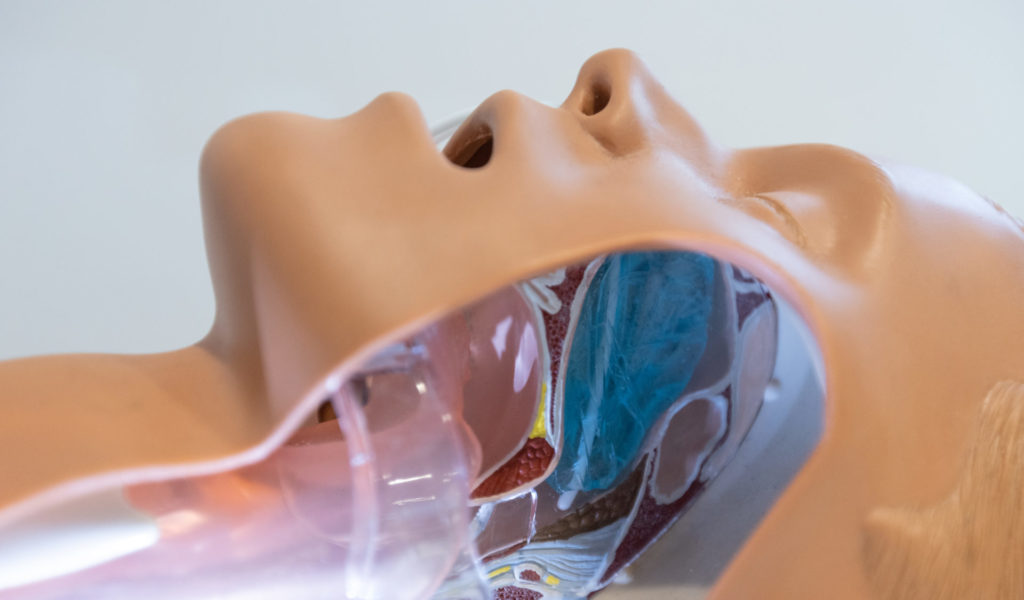Severe brain injury is a major cause of death and disability worldwide. After the primary brain insult, the brain is vulnerable to secondary damage that can substantially worsen the brain injury. The neurocritical care is focused on minimizing secondary neurologic injuries to improve outcomes.
Fever is often a contributor to secondary injury and is associated with greater mortality and worse outcome. In acute brain injury patients, fever is common, affecting up to 70% of patients2 and is in many cases related to the neurological injury rather than infection-induced. An increase in body temperature of just 1°C can critically affect the extent of secondary brain injury after a primary insult3.
In experimental studies, reduction of fever has consistently demonstrated neuroprotective effects and improved histological outcome4, and fever worsens the outcome in acute brain injury patients5.

Prevention and/or treatment of fever is implemented and considered standard care in the clinical management of acute brain injury patients. The use of normothermic temperature control has been included different care guidelines in patients with traumatic brain injury6,7, subarachnoidal hemorrhage8 and stroke patients9,10.
References:
1 Covaciu L et al. (2011) Brain temperature in volunteers subjected to intranasal cooling. Intensive Care Med 37(8):1277-84.
2 Badjatia N (2009) Hyperthermia and fever control in brain injury. Crit Care Med 37:250-257
3 Li J, Jiang J-Y (2012) Chinese Head Trauma Data Bank: Effect of Hyperthermia on the Outcome of Acute Head Trauma Patients. J Neurotrauma 29:96-100
4 Dietrich WD, Bramlett H (2010) The evidence for hypothermia as a neuroprotectant in traumatic brain injury. Neurotherapeutics 7:43-50
5 Pegoli M, Zurlo Z, Bilotta F (2020) Temperature management in acute brain injury: A systematic review of clinical evidence. Clin Neurol Neurosurg 197:106165
6 Madden LK, Hill M et al (2017) The implementation of targeted temperature management: an evidence-based guideline from the neurocritical care society. Neurocrit Care 27:468-487
7 Cariou A, Payen J-F et al (2018) Targeted temperature management in the ICU: Guidelines from a French expert panel. Anaesth Crit Care Pain Med 37:481-491
8 Diringer M, Bleck T et al (2011) Critical care management of patients following aneurysmal subarachnoidal hemorrhage: recommendations from the Neurocritical Care Society´s Multidisciplinary Consensus Conference. Neurocrit Care 15:211-240
9 Powers WJ, Rabenstein AA et al (2019) Guidelines for the early management of patients with acute ischemic stroke: 2019 update to the 2018 guidelines: A guideline for Healthcare professionals from the American Heart Association/American Stroke Association. Stroke 50(12):e344-e418.
10 Lavinio A, Andrzejowski J et al (2023) Targeted temperature management in patients with intracerebral haemorrhage, subarachnoidal haemorrhage, or acute ischaemic stroke: updated consensus guideline recommendations by the Neuroprotective Therapy Consensus Review (NTCR) group. Br J Anaesth 131(2):294-301.